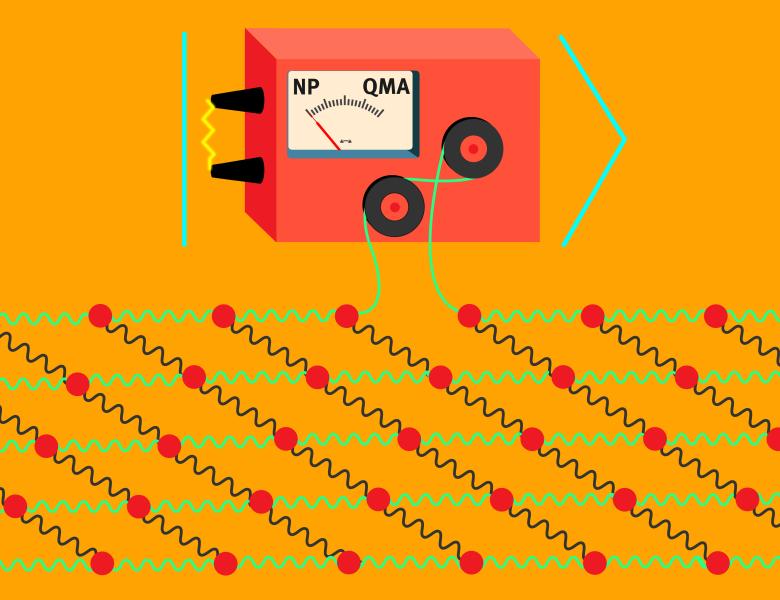
Abstract
We construct families of Floquet codes derived from colour code tilings of closed hyperbolic surfaces. These codes have weight-two check operators, a finite encoding rate and can be decoded efficiently with minimum-weight perfect matching. We also construct semi-hyperbolic Floquet codes, which have improved distance scaling, and are obtained via a fine-graining procedure. Using a circuit-based noise model that assumes direct two-qubit measurements, we show that semi-hyperbolic Floquet codes can be 48x more efficient than planar honeycomb codes and therefore over 100x more efficient than alternative compilations of the surface code to two-qubit measurements, even at physical error rates of 0.3% to 1%. We further demonstrate that semi-hyperbolic Floquet codes can have a teraquop footprint of only 32 physical qubits per logical qubit at a noise strength of 0.1%. For standard circuit-level depolarising noise at p=0.1%, we find a 30x improvement over planar honeycomb codes and a 5.6x improvement over surface codes. Finally, we analyse small instances that are amenable to near-term experiments, including a Floquet code derived from the Bolza surface that encodes four logical qubits into 16 physical qubits.


